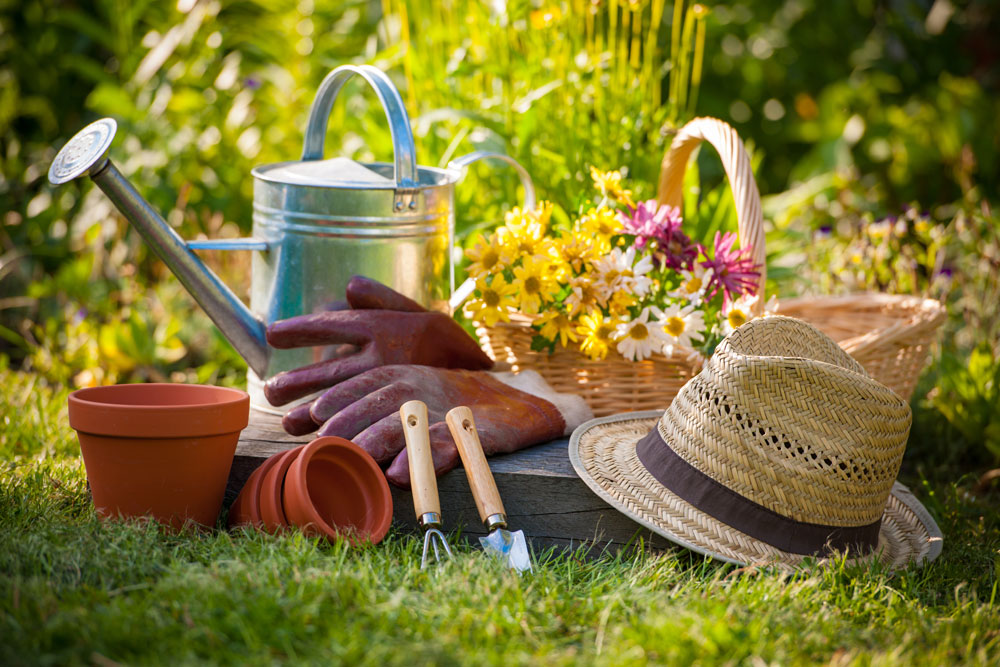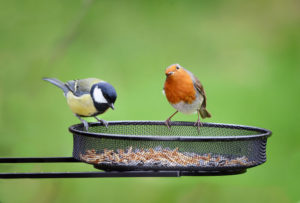
Many people are now looking to reduce their carbon footprint by recycling more, using their cars less and eating locally produced, organic food, but you can also reduce your carbon footprint by changing the way you garden.
With many people starting to realise the importance of eco-living, garden specialists Oeco Garden Rooms have compiled some handy hints on how to be more environmentally friendly in the garden.
Composting
Composting is a great way of being more environmentally friendly while reducing landfill waste and providing much-needed nutrients to your plants. This supply of fresh compost can be used all around the garden, helping to retain moisture and reduce plant diseases and pests in your soil.
To start, you will need a compost bin; these are available in a range of different styles and materials to suit any garden design and budget. Then pick a suitable space for the compost bin, somewhere that has good air circulation, is out of full sunlight and is away from large trees or vines as these can steal nutrients from the compost.
Compost can be made using various household waste including raw vegetable leftovers and skin, crushed eggshells, fruit peel and tea bags. You can also use garden waste like fallen leaves, grass and wood cuttings and old plants. Try not to use plants that have died of a disease or aggressive weeds as this may harm the compost.
To create a good compost, you need to regularly turn the heap to balance it out. This will give you faster results while making sure that all of the compost has the nutrients to help your soil. Once ready, the bottom layer of compost will have a soil-like dark brown colour and be spongy to the touch.
Saving Water
Water is one of the most important resources for your garden, but with gardening taking up to 70% of the UK’s water supply during peak demand, limiting your water consumption is vital in lowering your carbon footprint.
Collecting rainwater is one of the easiest ways of water-saving and is as simple as connecting a water butt to your gutter system. The average water butt holds between 100 and 150 litres, which is more than enough for your gardening needs, and because of the UK’s climate, they also fill up quickly too giving you access to water when you need it.
Planting drought-resistant plants is also a good way of saving water in the garden. Lavender, sage and verbena are all great choices when it comes to plants, while the Lawson cypress conifers and golden rain trees are good additions for something bigger.
Mulching your soil areas such as flowerbeds, hanging baskets and potted plants helps to improve soil structure and retain moisture. Bark, woodchips and grass clipping all make good mulches and are a cost-effective way to cut down the amount of water needed in the garden.
Helping Wildlife
Giving the wildlife in your garden a helping hand not only aids local ecosystems, but it can also help you to control pests and other plant-destroying mini-beasts.
Birds are natural predators of slugs, snails and other mini-beats, so inviting them into your garden is a great way to control these pests. Bird feeders, water bowls and birdhouses are all great ways on enticing birds into your garden, and you have the added bonus of being able to spot and record all the different species that visit too.
Interplanting is a method of planting different species of plants next to one another in rows to prevent pests. For example, one set of plants may attract a certain pest, while the other houses the predator. This technique is widely used in organic farming, however, it is just as effective in everyday gardens.
Log piles and overgrown areas of the garden provide shelter for small mammals and hedgehogs while also providing a source of food for birds in the form of slugs, grubs and caterpillars. You don’t have to dedicate a large area of the garden to wildlife to make an impact; in fact, just a small area can provide long-lasting benefits to the local ecosystem and wildlife.



